
2025 Excavation Season Begins at Blaundos Ancient City
The 2025 excavation season has officially commenced at the Blaundos Ancient City, located in the Ulubey district of Uşak, western Türkiye. This year’s archaeological efforts will focus on three major areas of the site: the northern temple, the ancient stadium, and the colonnaded street. Experts believe these areas may reveal new insights into the city’s religious life, social structure, and urban planning.
Founded by Macedonians, Shaped by Empires
Blaundos was established in the 3rd century BCE by Macedonian settlers following Alexander the Great’s campaign in Anatolia. Strategically positioned between the historical regions of Lydia and Phrygia, the city served as a military colony during the Hellenistic period. It later became part of the Roman and Byzantine empires, and by the early Byzantine period, Blaundos had evolved into a bishopric center before being abandoned around the 12th century CE.
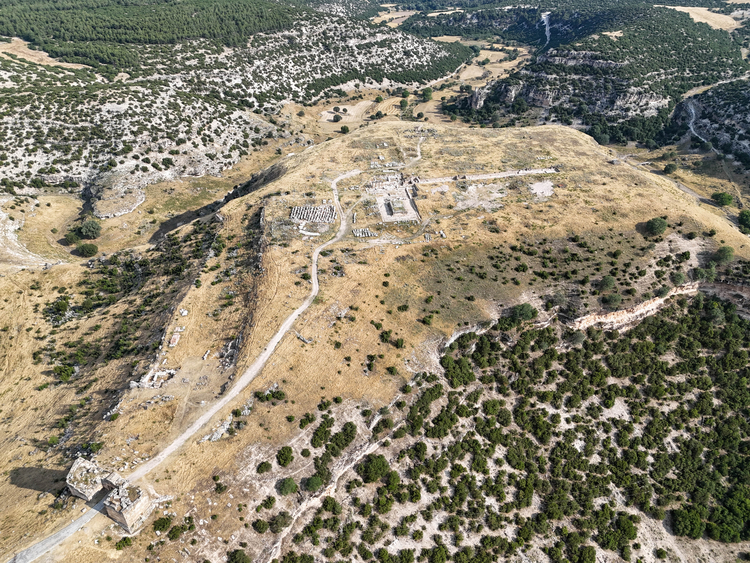
A Naturally Fortified Ancient Stronghold
Built on a natural rocky plateau surrounded by deep valleys on three sides, Blaundos was accessible only through a fortified northern gate. This natural defense system highlights the city’s military significance in antiquity. The remains of this monumental entrance still stand today, offering visitors a dramatic and authentic glimpse into the ancient world.
Temples, Stadium, and Streets Under the Microscope
This season, excavations will target the northern Ionian-style temple, the ancient stadium, and the colonnaded avenue. These structures are not only architectural marvels but also critical sources of information on the spiritual and communal lives of the city’s inhabitants. Past discoveries include a temple dedicated to Demeter, theater remains, and hundreds of rock-cut tombs scattered along the valley slopes.
📣 Our WhatsApp channel is now LIVE! Stay up-to-date with the latest news and updates, just click here to follow us on WhatsApp and never miss a thing!!
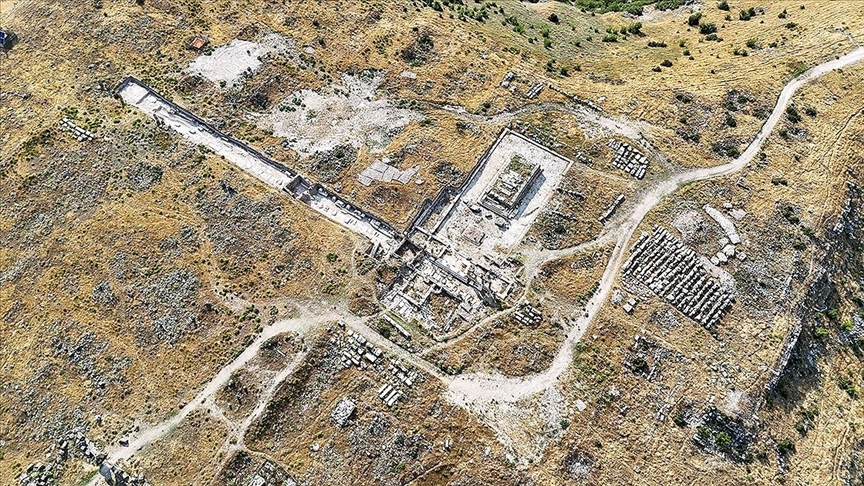
Unexpected Discovery: A Glimpse Beyond the Hellenistic Era
A significant breakthrough in 2022 revealed a cylinder seal believed to date back to the Assyrian Trade Colonies period (18th–17th centuries BCE), suggesting that Blaundos may have a much older history than previously thought. Archaeologists hope the 2025 season will bring more such findings that challenge and enrich the existing timeline of the site.
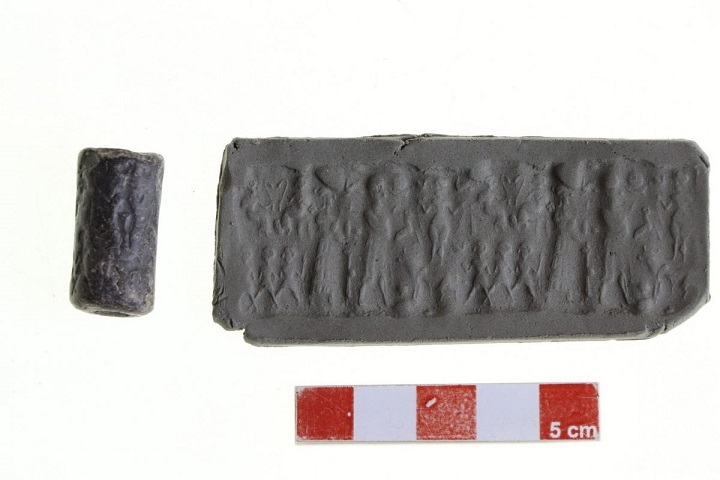
Scientific Value Meets Tourism Potential
Blaundos gained academic attention in the early 2000s through surface surveys conducted by the German Archaeological Institute. Now designated as a 1st-degree archaeological site, it draws not only researchers but also tourists interested in cultural heritage. With its proximity to the majestic Ulubey Canyon, the site has growing potential as a major archaeological and eco-tourism destination.
Cover Image Credit: Blaundos Ancient City. Mehmet Çalık/AA
You may also like
- A 1700-year-old statue of Pan unearthed during the excavations at Polyeuktos in İstanbul
- The granary was found in the ancient city of Sebaste, founded by the first Roman emperor Augustus
- Donalar Kale Kapı Rock Tomb or Donalar Rock Tomb
- Theater emerges as works continue in ancient city of Perinthos
- Urartian King Argishti’s bronze shield revealed the name of an unknown country
- The religious center of Lycia, the ancient city of Letoon
- Who were the Luwians?
- A new study brings a fresh perspective on the Anatolian origin of the Indo-European languages
- Perhaps the oldest thermal treatment center in the world, which has been in continuous use for 2000 years -Basilica Therma Roman Bath or King’s Daughter-
- The largest synagogue of the ancient world, located in the ancient city of Sardis, is being restored

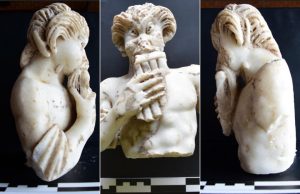
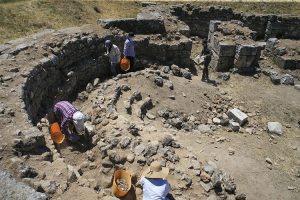
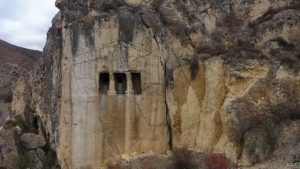
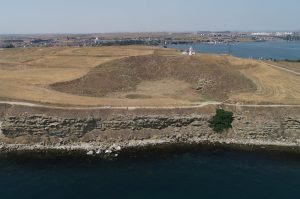
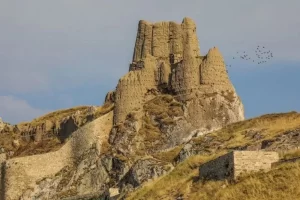
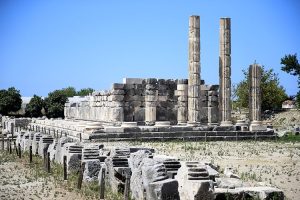


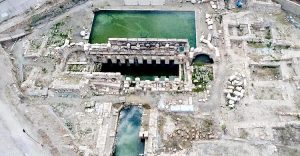
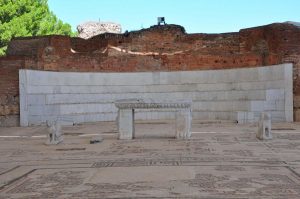
Leave a Reply